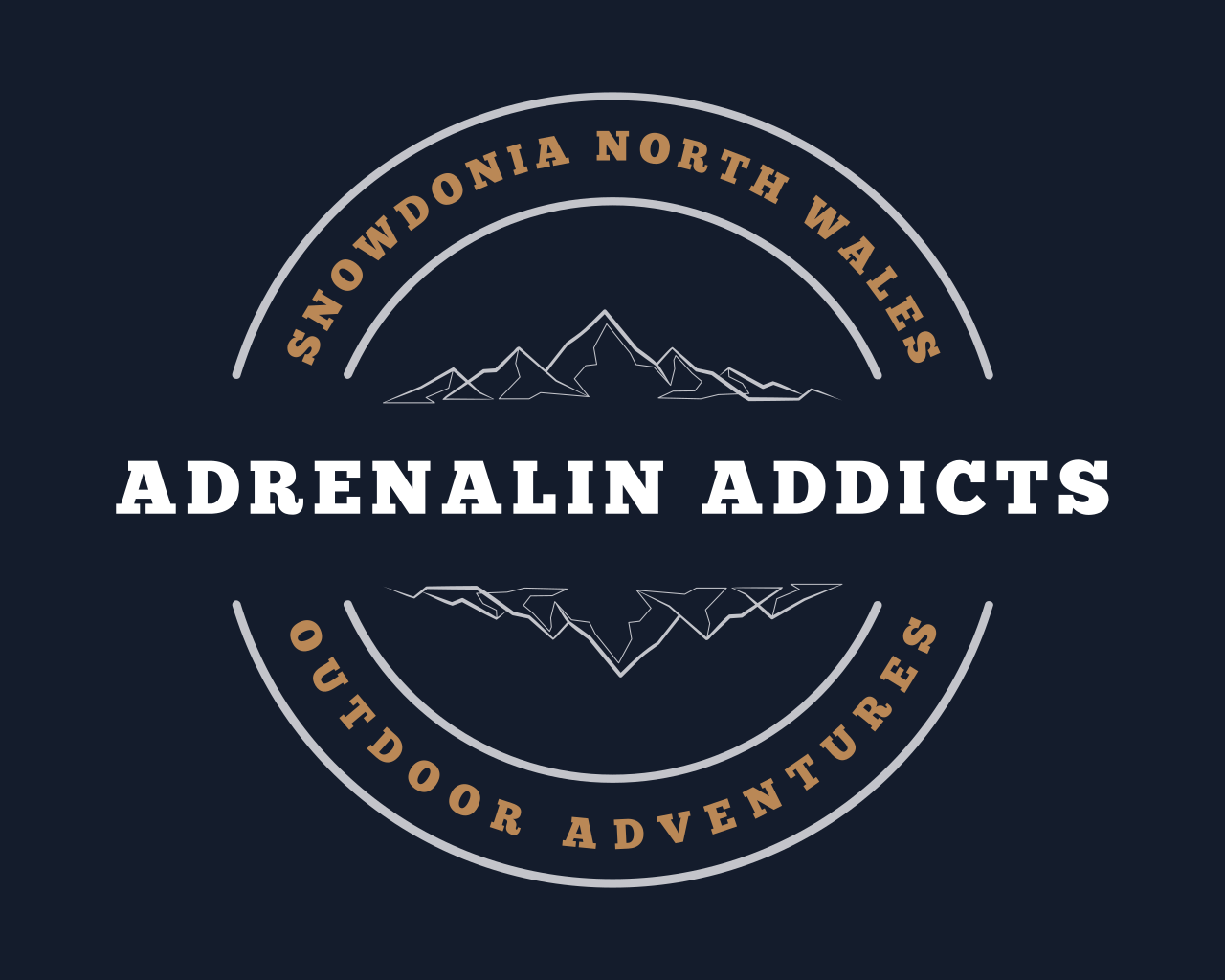Canyoning Sliding Techniques Part Two
- Adrenalin Addicts

- Jan 23, 2024
- 2 min read
Roped slides:
As a novice canyoner your guide will have placed ropes for you to use, if you are interested in learning more about fixing lines to use while canyoning this will be covered in a later more advanced topic.
Slides are usually roped in three circumstances for novice canyoneers, one is when the water flow is strong and the canyoner will need to control their speed. Two is if the slide is rough and again the speed needs to be controlled or three when the slide ends with an obstruction that will need avoiding such as a waterfall or other hazard. It could also be a combination of any or all the above things. I will discuss the use of lanyards during these techniques as they are common place in canyoning. Lanyards are commonly known as cow tails are used particularly on guided trips for their ease of use and diversity. Essentially a cow tail is a short length of rope that has been attached to a harness at equal lengths with a carabiner attached at either end. Lanyards are used to attach yourself securely to a rope. To use a lanyard you should ensure the carabiners are correctly oriented at their attachment point. Whenever we attach lanyards to a rope it is always good practice to ensure the carabiners have been clipped facing opposite directions eg one carabiner is clipped with the gate opening on the left and the other opening on the right. This helps to ensure they both stay on secure whilst moving along the fixed rope. The cow tails should always be placed in front of your hands this allows you to grip the fixed line without worry of catching your fingers in the carabiners. The correct technique for holding the fixed line is as follows, carabiners in front, hold the fixed line in both hands with your thumbs facing down the line, the rope should be entering your hand at your pointer finger and exit at the pinky. This allows for maximum grip and control, if the water is powerful and the slide not to steep you can also place the rope under your armpit as well as holding the line for additional friction. This will help you to control your speed and allow you to sit further forward to prevent water flowing over your head and body. In some instances there may be knots or fixings on the rope that need to be passed, these are simple enough to navigate, simply un-clip one of your lanyards and move it to the other side. Once secure you can then move the second lanyard to pass the obstruction on the rope.



Comments